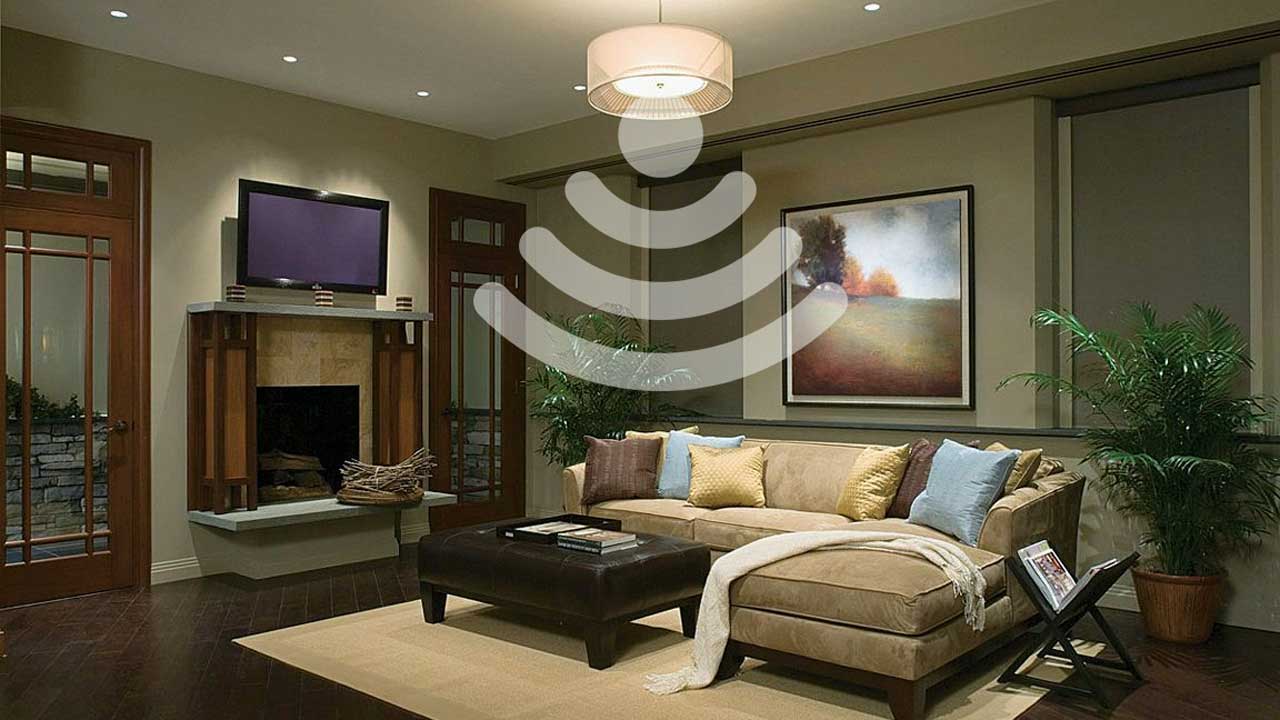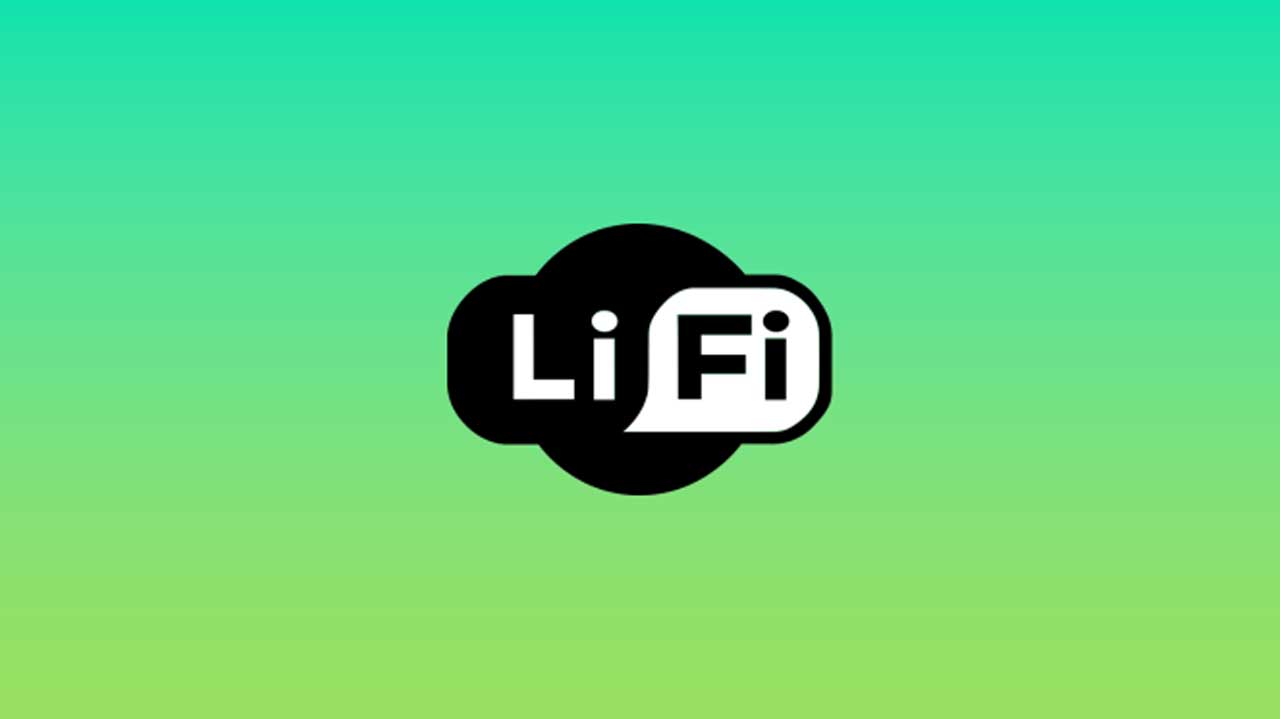All it takes is a few clicks to shop, do online banking, do some research, talk to friends and family wherever you are, book a reservation, do business transactions, and so on. These are just some of the things we can do today with the power of wireless connectivity.
Truth be told, WiFi has brought ease to our everyday affairs and activities. According to Direct Line by Opinium Research, the internet is the one thing that most respondents in their survey could not live without.
The numbers from Cisco Visual Networking Index: Global Mobile Data Traffic Forecast Update from 2017-2022 also present that mobile data traffic will increase to about 77.5 exabytes per month in 2022. This is due to the skyrocketing demand for wireless Internet connection.
Given these statistics and the limitations of WiFi, experts and developers are already on a roll to release the newest, most advanced, and revolutionary wireless network technology – LiFi.
What Exactly Is This LiFi Technology?
If you haven’t heard about it yet nor really understand what it is or how it works, LiFi technology is a wireless communications system that offers exceptionally high-speed data transmission using light waves. WiFi, on the other hand, uses the radiofrequency spectrum.
LiFi, coined from the term Light Fidelity, is a Visible Light Communications (VLC) system.
LiFi delivers several advantages not just to households but also to working areas susceptible and vulnerable to electromagnetic interference like airports, aircraft cabins, hospitals, military command posts, and other big institutions.
Numerous organizations across the globe are already working on the development and distribution of this latest, promising technology.
LiFi, coined from the term Light Fidelity, is a Visible Light Communications (VLC) system.
It was introduced by pioneer Harald Haas, a German physicist and mobile communications professor at the University of Edinburgh. Their goal is to deploy about 14 billion converted light bulbs across the world with a mission to revolutionize and bring more efficiency to wireless networks.
How it works is straightforward and no longer requires circuits, complex receivers, and even a router because the fixture itself acts as the router. It detects and decodes signals like Morse code but at a faster rate. These modulations or flickering cannot be noticed by the human eye. It rapidly blinks million times per second.

Research and development have shown that LiFi was already able to reach 1Gbps real-time speed under laboratory conditions. The theoretical speed can go up to 224 Gbps.
Why LiFi is Better than WiFi?
There is no contest that WiFi is still our main player in terms of wireless connectivity. However, since WiFi depends on radio frequency, it is vulnerable to snooping, interference, hacking, and jamming. LiFi does not travel through walls and can work in dense regions. It is more secure as opposed to WiFi.
LiFi is also more environmental-friendly and poses near zero harm to our health. It is efficient in terms of cost and energy because it only needs a light fixture to work. It does not emit any health-harming radiation.
